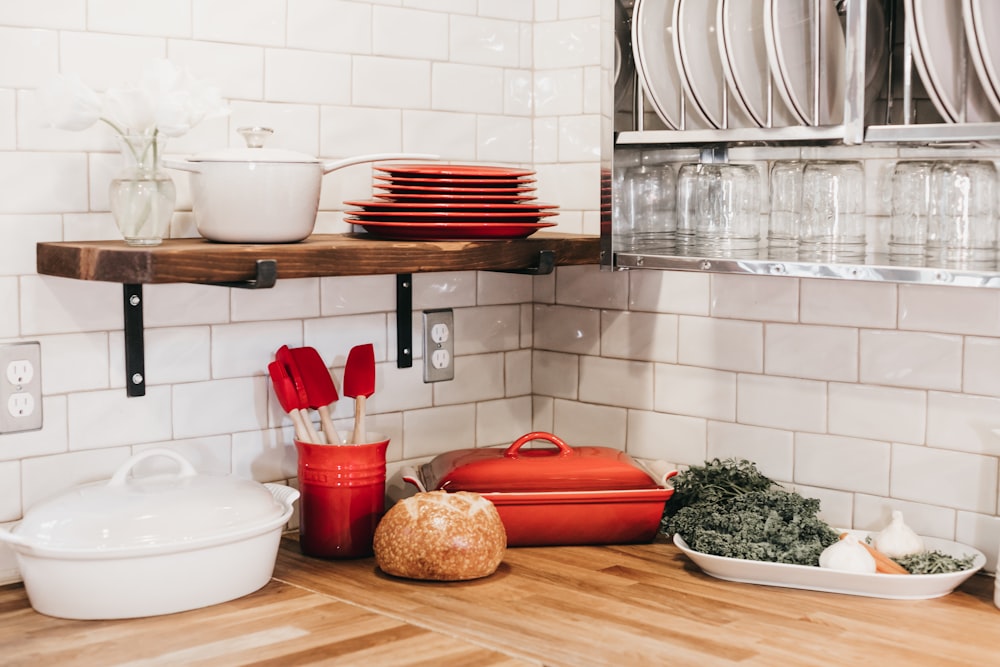Essential Tips for Plumbing Under Kitchen Sink
Introduction: Understanding the Basics
Plumbing under the kitchen sink may seem daunting, but with the right knowledge and tools, you can tackle common issues and maintain a functional kitchen. In this guide, we’ll explore essential tips for plumbing under the kitchen sink to help you navigate this area effectively.
1. Gather the Necessary Tools
Before starting any plumbing work under the kitchen sink, gather essential tools such as a pipe wrench, adjustable wrench, plumber’s tape, pipe cutter, and a bucket for catching water. Having these tools on hand will make the process smoother and more efficient.
2. Turn Off the Water Supply
Before beginning any plumbing repairs or installations, it’s crucial to turn off the water supply to the sink. Locate the shut-off valves beneath the sink and turn them clockwise to shut off the water flow. This step prevents water from spilling out during your plumbing work.
3. Check for Leaks and Damage
Inspect the area under the kitchen sink for any leaks, water damage, or signs of corrosion. Addressing these issues early can prevent further damage and ensure that your plumbing system functions properly. Look for leaks around pipes, fittings, and connections.
4. Addressing Common Issues
Common issues under the kitchen sink include leaky pipes, clogged drains, and faulty connections. Use plumber’s tape to seal pipe threads and tighten fittings to prevent leaks. For clogged drains, try using a plunger or a drain snake to remove blockages.
5. Upgrading Your Plumbing System
If your plumbing under the kitchen sink is outdated or experiencing frequent issues, consider upgrading to newer fixtures and pipes. Modern plumbing systems are more efficient and reliable, reducing the risk of leaks and clogs.
6. DIY vs. Professional Help
While some plumbing tasks under the kitchen sink can be done as DIY projects, complex issues or major upgrades may require professional help. Know your limits and don’t hesitate to call a plumber for assistance when needed.
7. Proper Maintenance
Regular maintenance is key to keeping your plumbing under the kitchen sink in good condition. Clean the area regularly, check for leaks or drips, and avoid putting grease or food scraps down the drain to prevent clogs.
8. Ensuring Proper Ventilation
Proper ventilation is essential for maintaining a healthy plumbing system under the kitchen sink. Ensure that vents are clear and unobstructed to allow for proper airflow and prevent sewer gas buildup.
9. Managing Water Pressure
Maintaining proper water pressure is crucial for the optimal functioning of your kitchen sink plumbing. Check water pressure regularly and adjust as needed to avoid issues like leaks or bursts.
10. Professional Inspection
Periodic professional inspections of your plumbing system under the kitchen sink can help catch potential problems early and ensure that everything is in working order. Schedule inspections regularly to maintain peace of mind.
Conclusion
Plumbing under the kitchen sink doesn’t have to be intimidating. With the right tools, knowledge, and maintenance routine, you can keep your kitchen plumbing system in top condition and avoid costly repairs down the road. Read more about plumbing under kitchen sink




